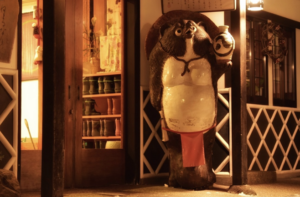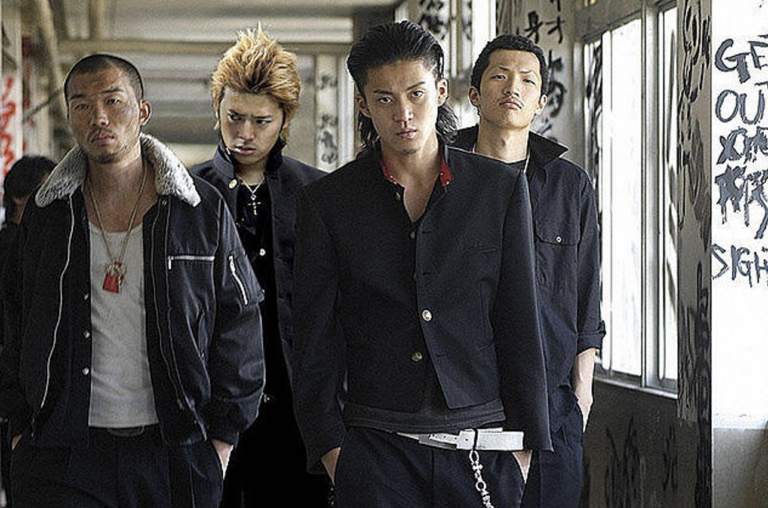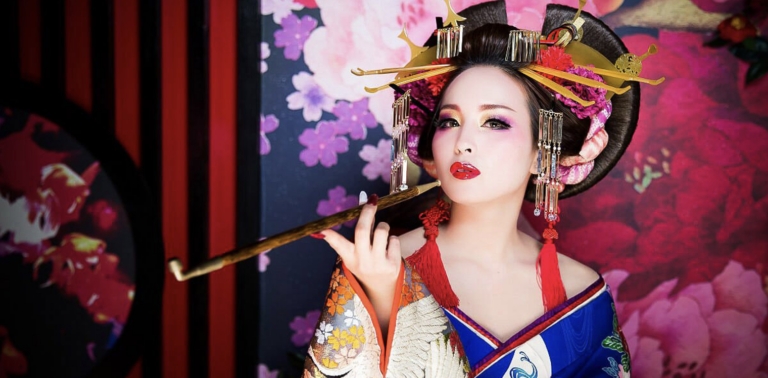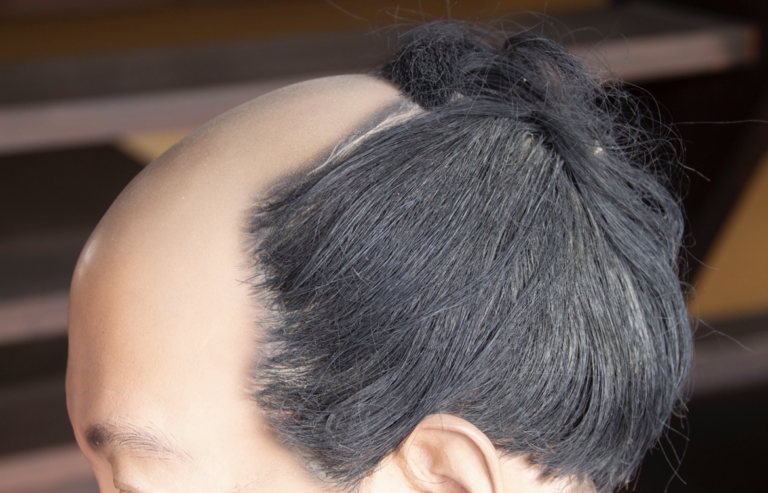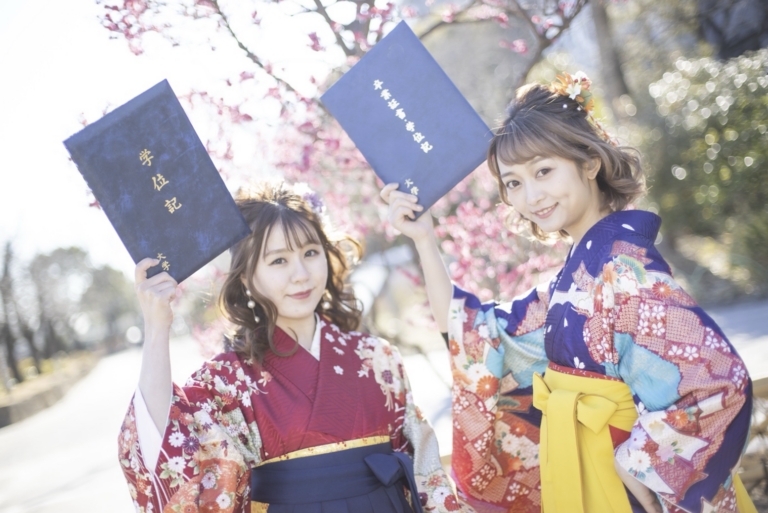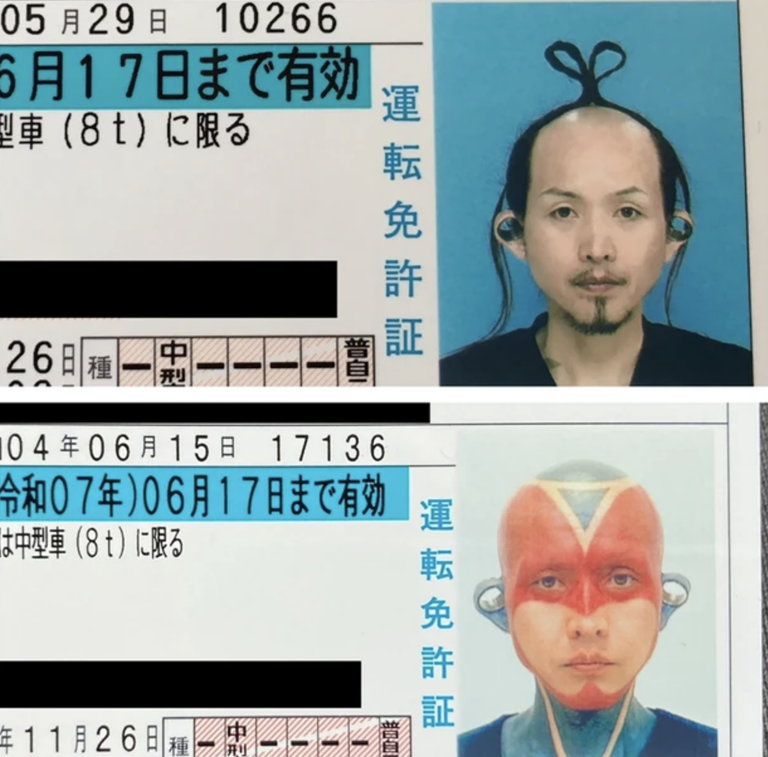How about underwear like these to always make you feel like you are a samurai?
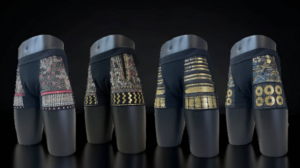
Samurai are cool, aren’t they? Not only do they look strong, but they also have a high degree of perfection as human beings. Having such a samurai heart is important even in modern society.
So, how about this underwear?
This underwear for men is based on the famous samurai armor. It’s so cool that you may even feel like showing it off to others, but don’t take your pants off! Please be satisfied in your mind with its coolness and when you hang it out to dry after washing it.
Let’s take a look at what the actual samurai wore.
I can’t post a photo of a man wearing it because it’s too revealing, but it’s a loincloth (“fundoshi” in Japanese) that has a string next to a vertical cloth, and the string is tied to the waist and the long cloth is turned from front to back to cover the genital area.
You may have seen men in fundoshi at Japanese festivals.
1400 year-history!
Although it seems to have spread during the Edo period (1603-1868) for ordinary men, people of high status had been wearing the fundoshi for 1,400 years. It’s an undergarment with a long history.
There is also a god of fundoshi
In ancient Japanese religion, there were countless gods called “Yaoyorozu no Kami” (the eight million gods). Among them was the god of fundoshi. His name was Akikukui. What kind of power he had is a mystery, but it is said that he may have been a god of agricultural fertilizer.
It seems that there were rental fundoshi
As I mentioned earlier, there was a fundoshi that the general public began to wear in the Edo period, but it seems that it was a rental one. At that time, they were still expensive, and if you bought it new, it would have cost about 5,000 yen in today’s money. It’s expensive, isn’t it? Therefore, it seems that there were quite a lot of people who used rental fundoshi when they went to festivals or brothels in order to look cool.
What about women’s underwear?
The fundoshi had been used by men for 1,400 years. For women, it was common for them not to wear one. There was a thin piece of cloth called a “koshimaki”, which was worn under their kimono, but it did not cover the inseam, so strictly speaking it was not underwear, which means that there was no underwear for women. This was still the case in the Edo period (1603-1867).
Although foreign underwear had been introduced, it did not become popular because it was very inconvenient when using the restroom, and also because women did not want the lines of the underwear to be visible through their kimonos.
Japanese women began wearing underwear when they changed from kimonos to Western-style clothing.
During menstruation, they wore something like a men’s loincloth, which had folded paper or old cloth inside it.
You may be wondering why I introduced “Samurai underwear” that was not worn by samurai. Well, it would be too uncomfortable to wear a fundoshi in this day and age, so I hope these “Samurai underwear” will carry on the samurai spirit.
ABE KENGO


